
Scout won’t be hugely familiar name to European car buyers. The name languished in VW’s ample IP portfolio for a few years, acquired via another subsidiary, and traces its origins back to a side hustle set up by agricultural machinery specialist International Harvester. Back in 1961, International Harvester created the International Scout, intended as a direct competitor to Jeep.

Based in Fort Wayne, Indiana, International Scout made two products, a proto-SUV and a pick-up truck. Production ended by 1980, by which time Land-Rover had introduced its original Range Rover and established that robust but comfortable off-roaders could be made into highly desirable passenger cars.
The rest is history, as they say, but it’s worth noting that Scout’s mechanicals, through its collaboration with maverick Swiss designer Peter Monteverdi, formed the basis of the modern ultra-luxury SUV segment, with the hand-built, Scout-based Monteverdi Sahara that was made in Switzerland from 1976 to 1982.
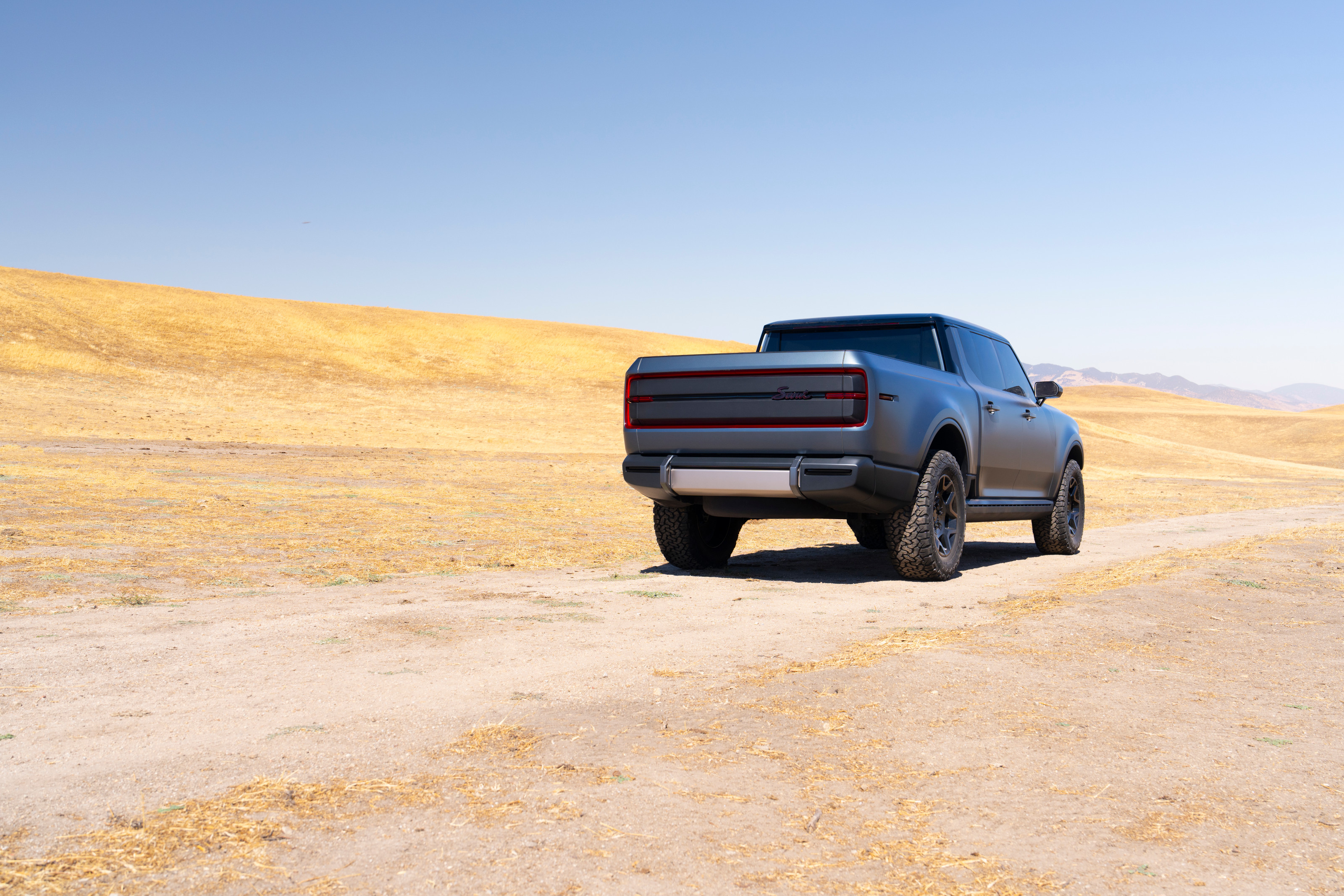
The Scout aesthetic ethos was always surprisingly ahead of its time, with a pared-back, upright vehicle without unnecessary frippery or decoration and a sense of purpose and utility.
For Volkswagen, mindful of the blossoming American market for all-electric SUVs, reviving the Scout nameplate is an innovative way of ticking a few boxes in an uncertain auto market and getting as close to a sure thing as possible: an American-branded and -built electric SUV with a sturdy, old-school design approach that gives a fond nod to a well-remembered heritage.
‘It’s not a self-driving spaceship – it’s a real vehicle’
Scout’s chief design officer Chris Benjamin
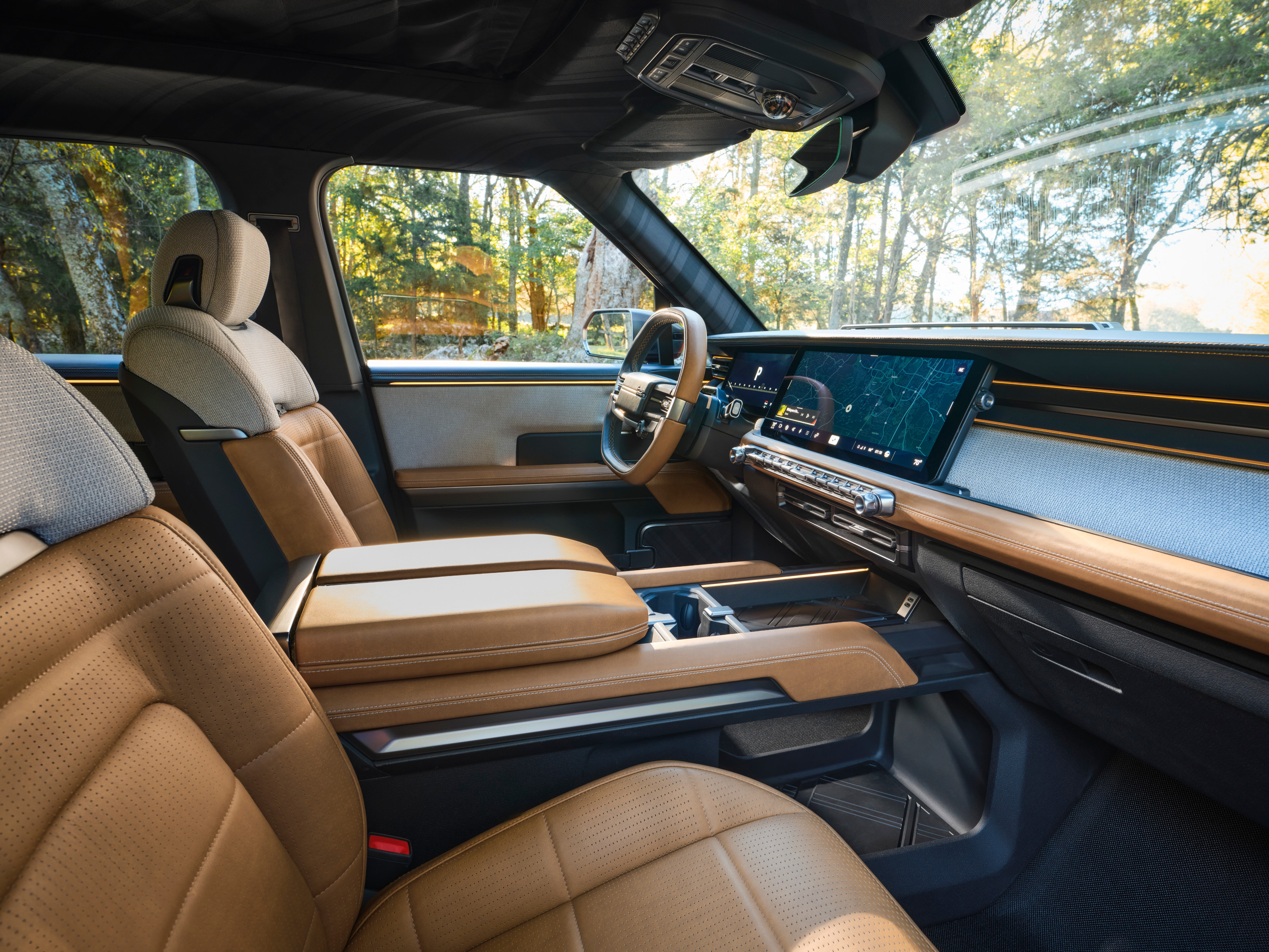
The ethos of the new brand (‘Scouts always come back’) is to be practical, fast, and capable. It is complete with high-rated towing capability (up to 10,000 pounds for the Terra), front and rear cargo areas, and the ability to power multiple devices up to and including heavy-duty power tools, including your own home appliances.
Each model should be good for a range of around 350 miles, while Scout will also offer an optional built-in gas-powered range extender to take the total range over 500 miles. On top of all this, Scout wants to bypass the dealer network and sell directly to customers.
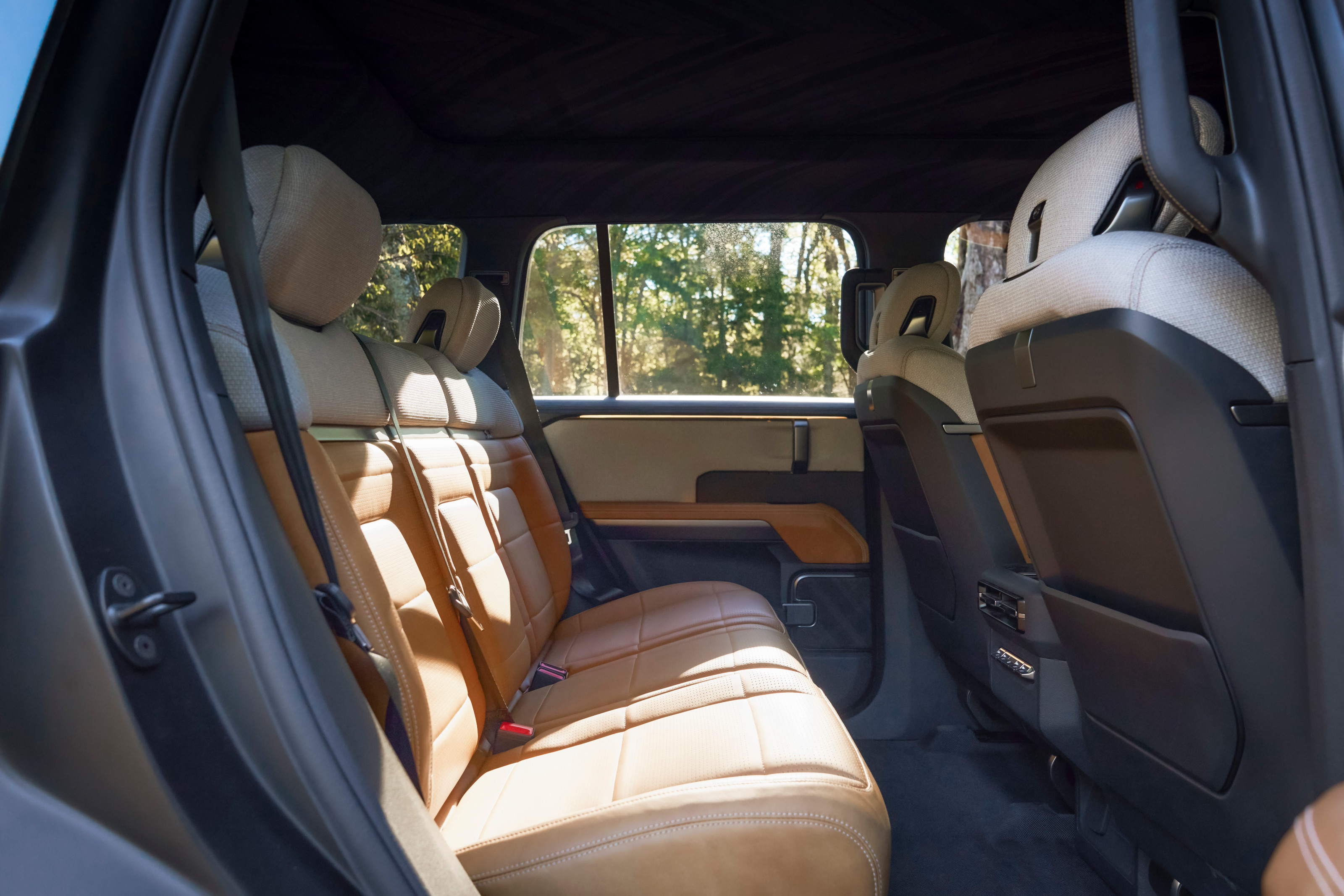
We’re still at least two years from seeing the first Scouts in customers’ hands, with production scheduled to start in Columbia, South Carolina, in 2027. By that point, politics will have moved on in an unfathomable and unknowable way, so here's hoping Scout can go the distance.
Wallpaper* spoke to the company’s chief design officer Chris Benjamin about Scout, who the brand is for and what it means. Benjamin joined the company last summer and has been closely involved in bringing the Scout Traveler and Terra concepts to life.
Inside the design of the Scout Traveler and Terra concepts
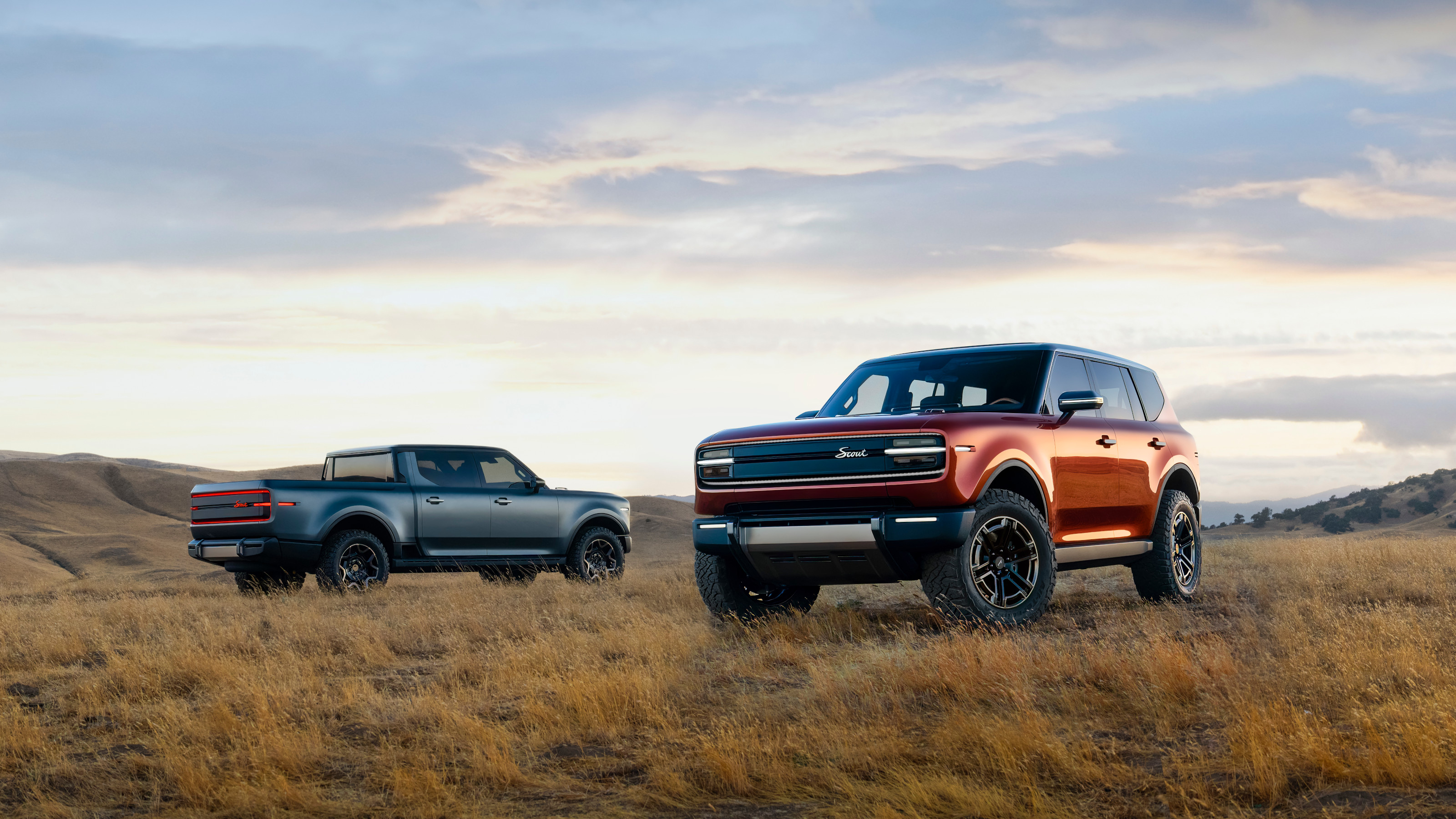
Wallpaper*: What can you tell us about the return of the Scout brand?
Chris Benjamin: I’ve been looking at the legend that Scout created in the 1960s and 1970s and what the company stood for. Then we studied what has followed in the 44 years since.
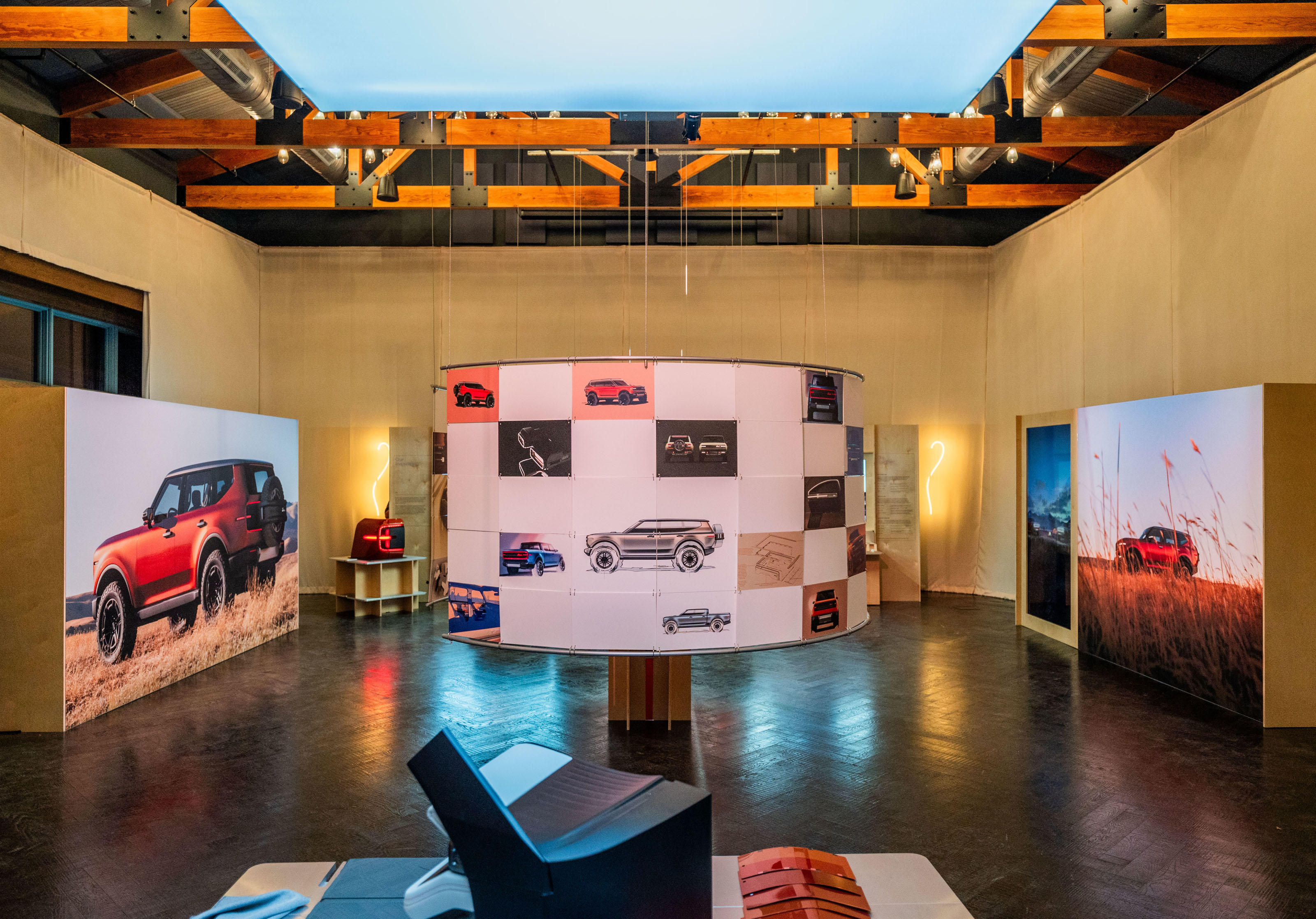
W*: What did you conclude the role of Scout should be today?
CB: It should be an instantly recognisable vehicle. I don’t like to use the ‘retro’ word, but to say this is a retro-futurist SUV sums it up. It’s not a self-driving spaceship – it’s a real vehicle.
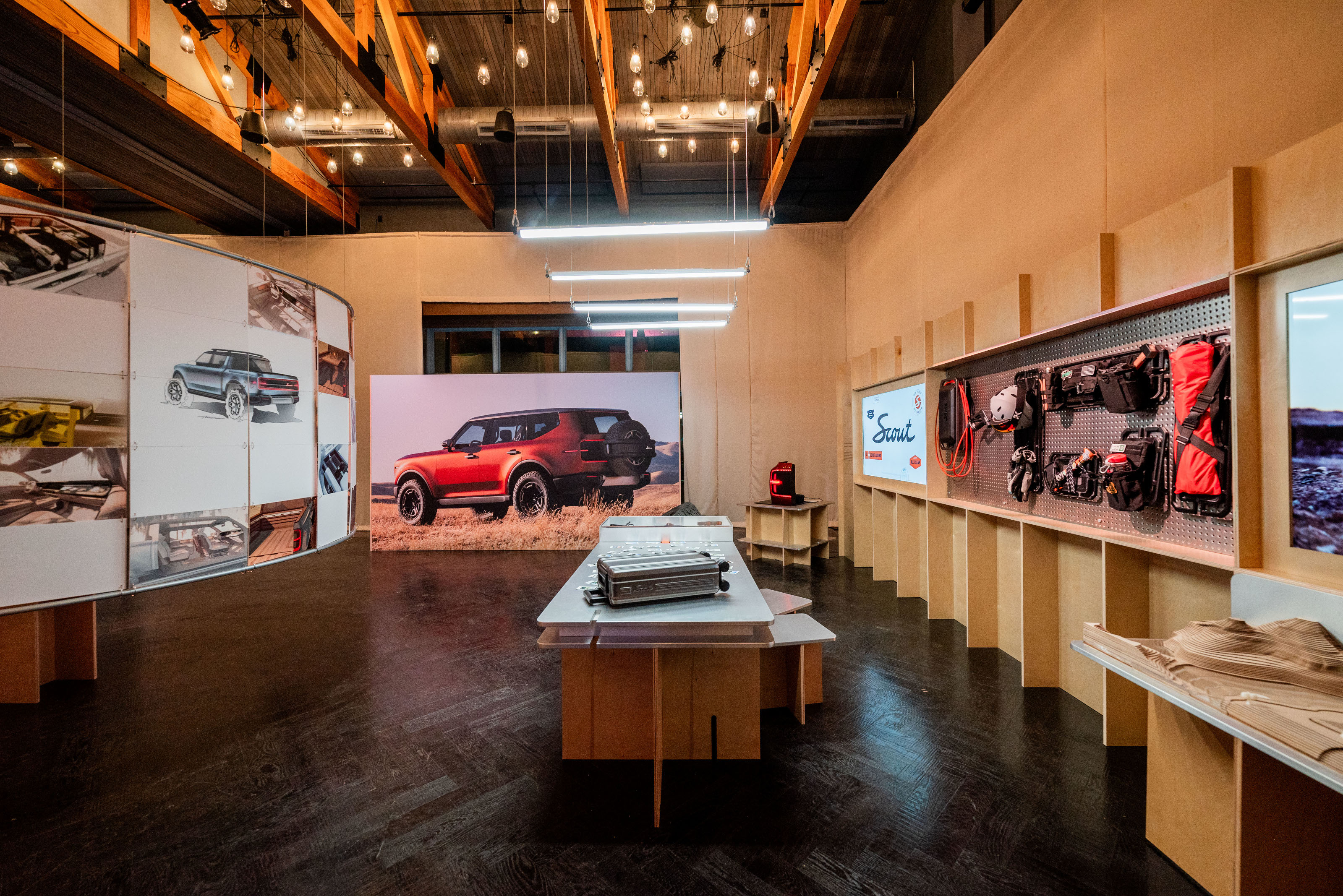
W*: Do you think it’s what people want from a modern EV?
CB: Designers felt that they had to do something different with EVs, and making things different was a craze across the industry. We’ve gone for something that’s timeless instead.

W*: Would you say that Rivian has forged a path for Scout?
CB: In some ways, yes. People didn’t naturally associate EVs with trucks and Rivian really helped create that association. You have the Ford F150 Lightning as well. But I have an almost allergic reaction to anything that looks and feels like anything that’s already been done. As a designer, I take pride in creating something unique.
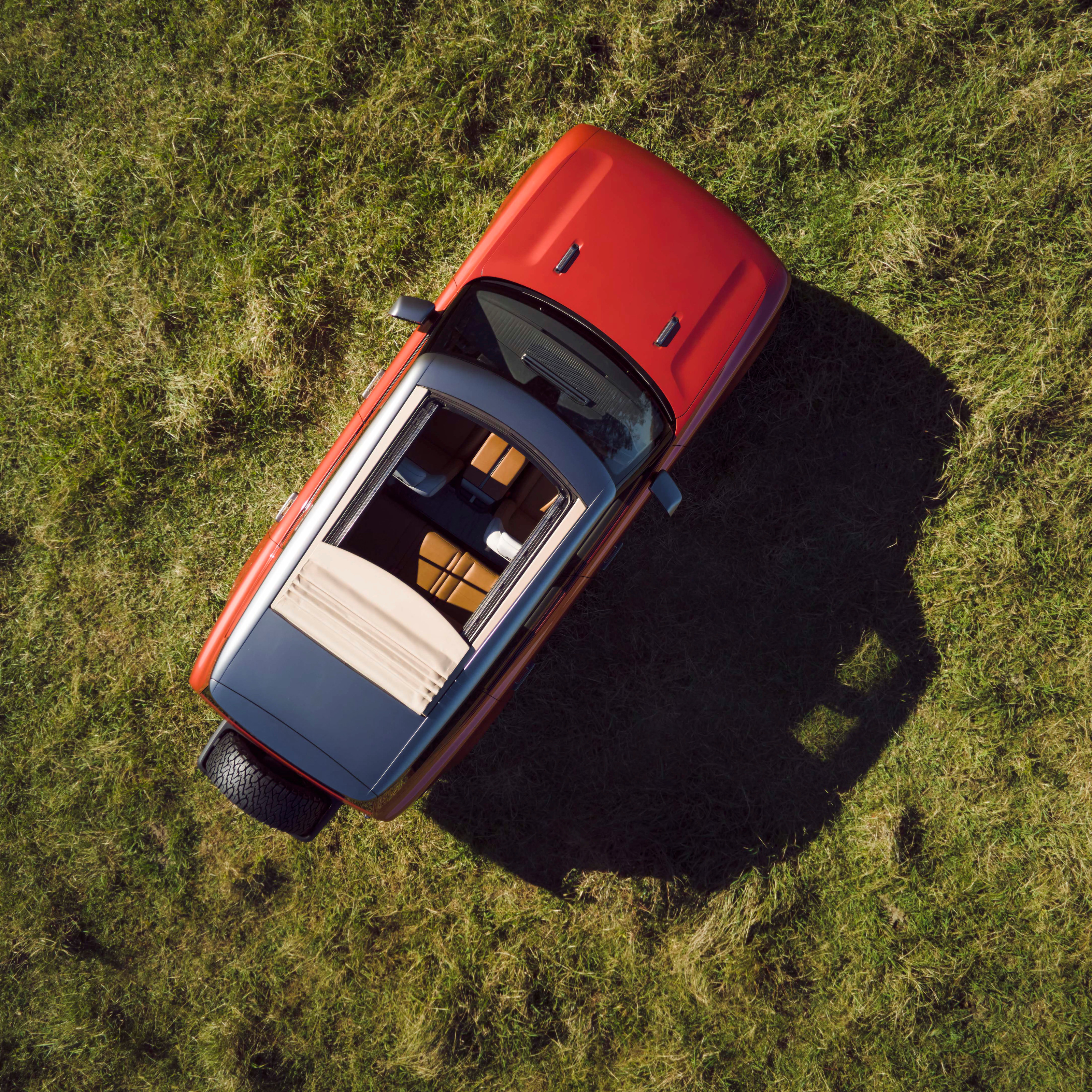
W*: Tell us about the interior approach of the new Scout concepts?
CB: If you set out to design a concept car, it’s often quite hard to capture some of its essence when you get to production. We did it the other way around, which is why these interiors are so close to how the production cars are going to be, from the door handles to the switchgear, the screens. It’s how we intend to create it.
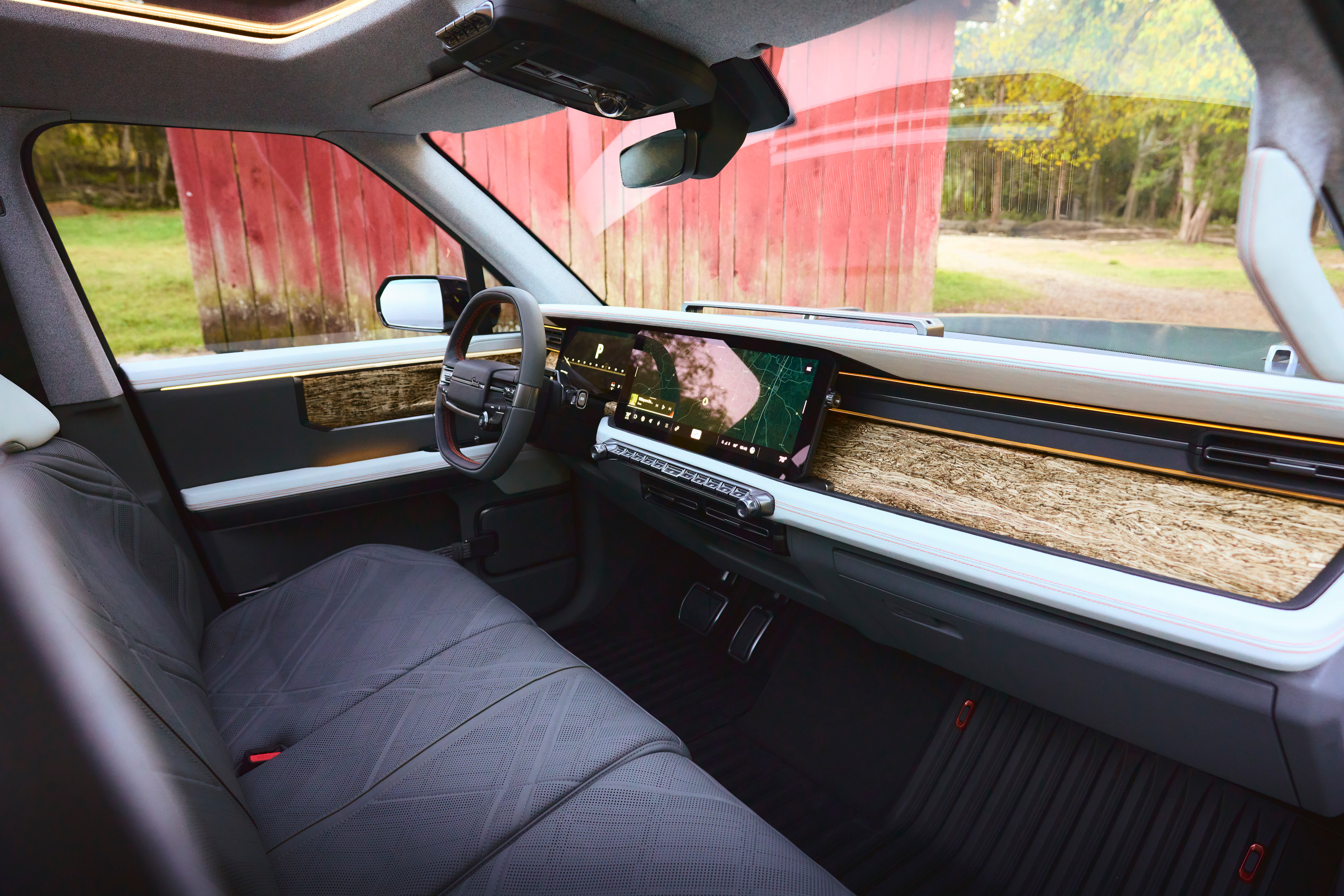
W*: It seems like there’s a more analogue approach than over EVs.
CB: Yes, it’s robust and chunky. We have tactile door handles with mechanical latches. There’s so much digitisation these days that we’re losing that human quality. Especially in terms of switchgear.
I know for a fact because I’ve been working with our interior team on our HMI [Human Machine Interface] and you can see the way people behave differently [with physical switches]. There’s something to be said for muscle memory, when you just know where the volume knob is.
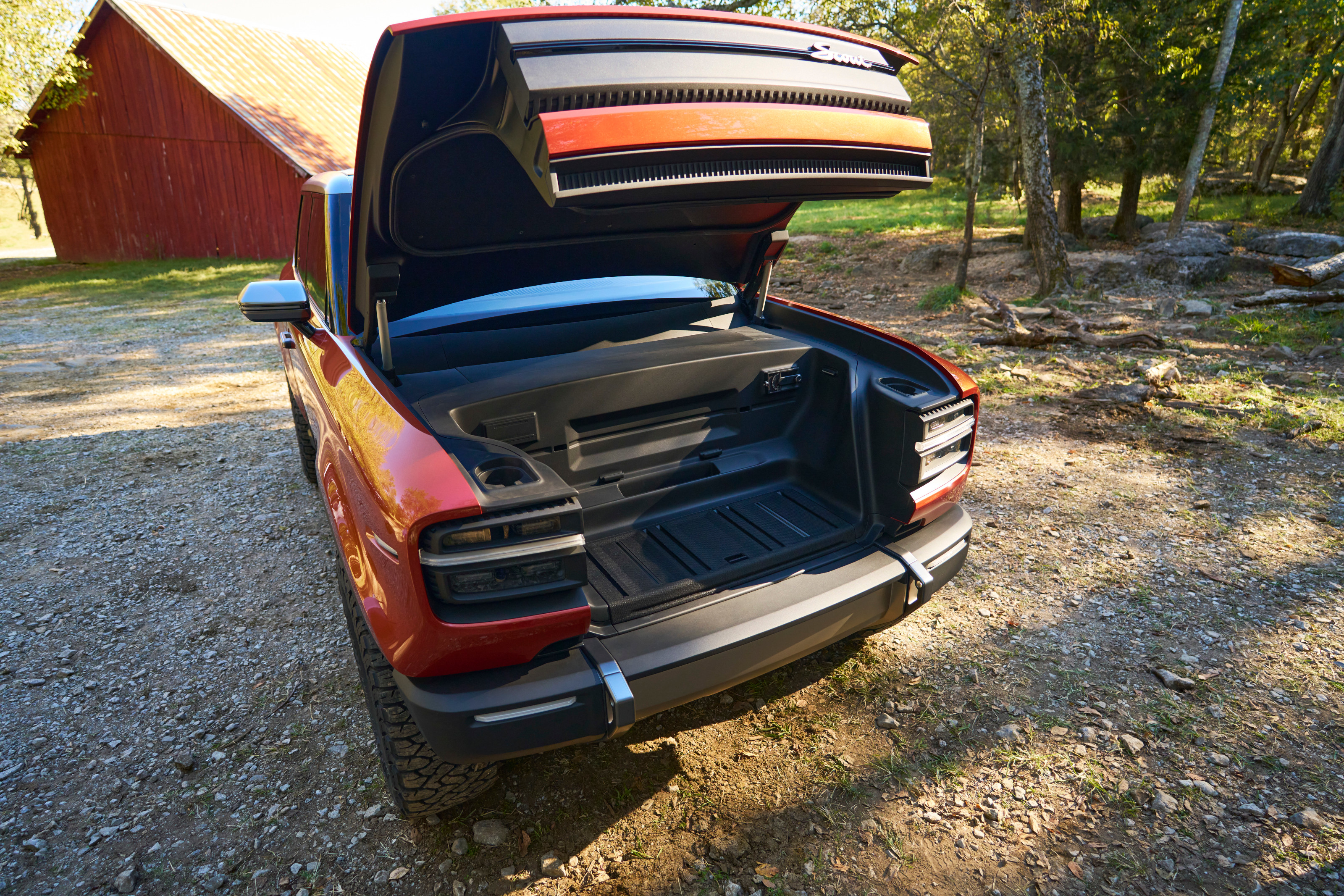
W*: What about the relationship between interior design and the off-road focus of the cars?
CB: I’ve been to Moab [in Utah]. I’ve driven the Rubicon Trail [in the Sierra Nevada]. A lot of my team are into off-roading, as well as camping and hiking. They live that lifestyle. We’ve thought about the design and functionality of the cars accordingly. You don’t want to have to take your gloves off to use the big-ticket items, for example. It’s all there physically.
On the flipside, we didn’t want to create a lot of black plastic switches in the interior. Instead, we have HVAC functions located in the middle bank of controls, with off-road related functions located on the overhead bank of switchgear.
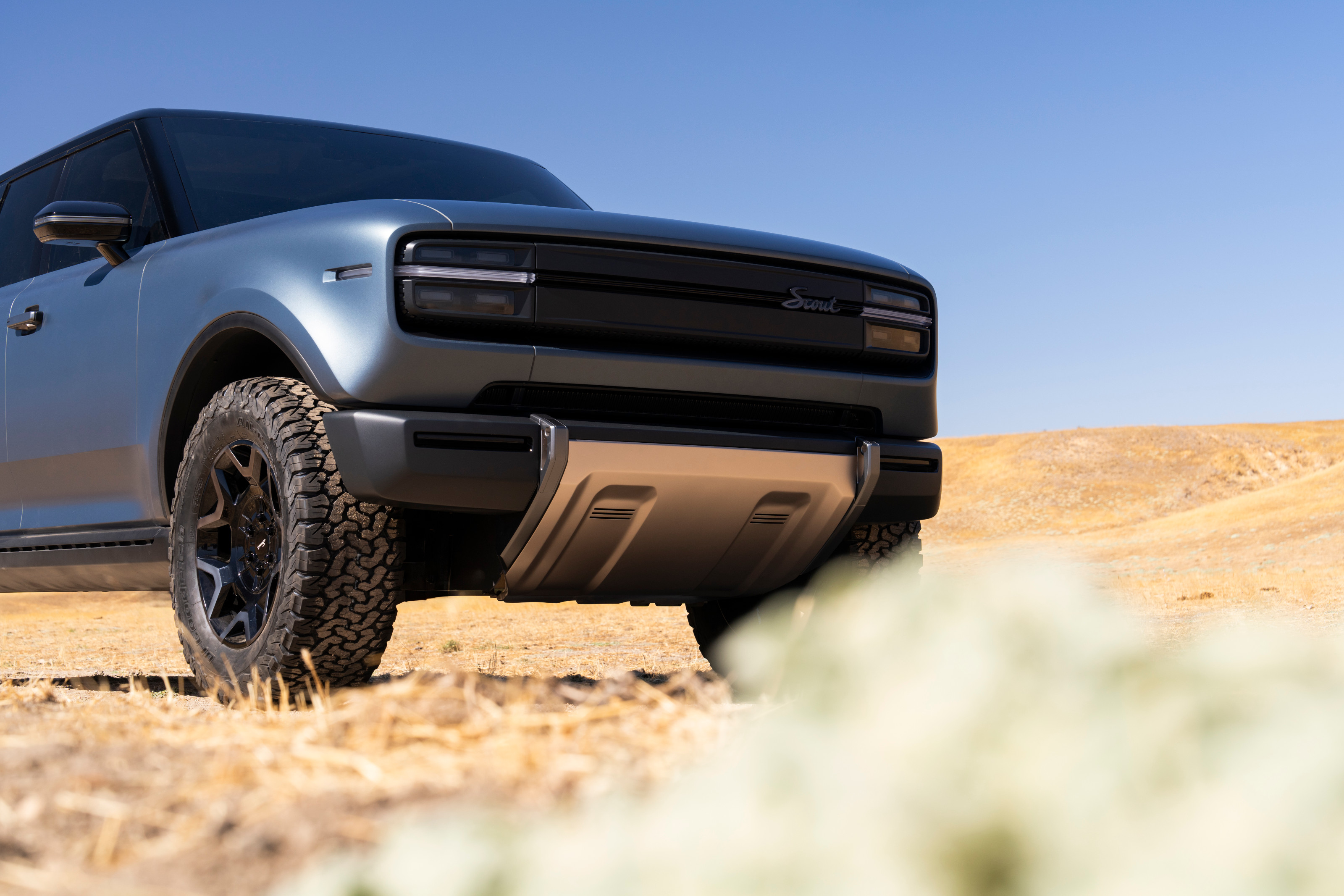
W*: Will there be Scout-related accessories?
CB: We’re planning a full range, just what you’d expect to find. From utility boards for different activities, like hiking and snowboarding, with different load-out configurations, to roof racks, additional bumpers, etc. These are the things that are brand-defining.
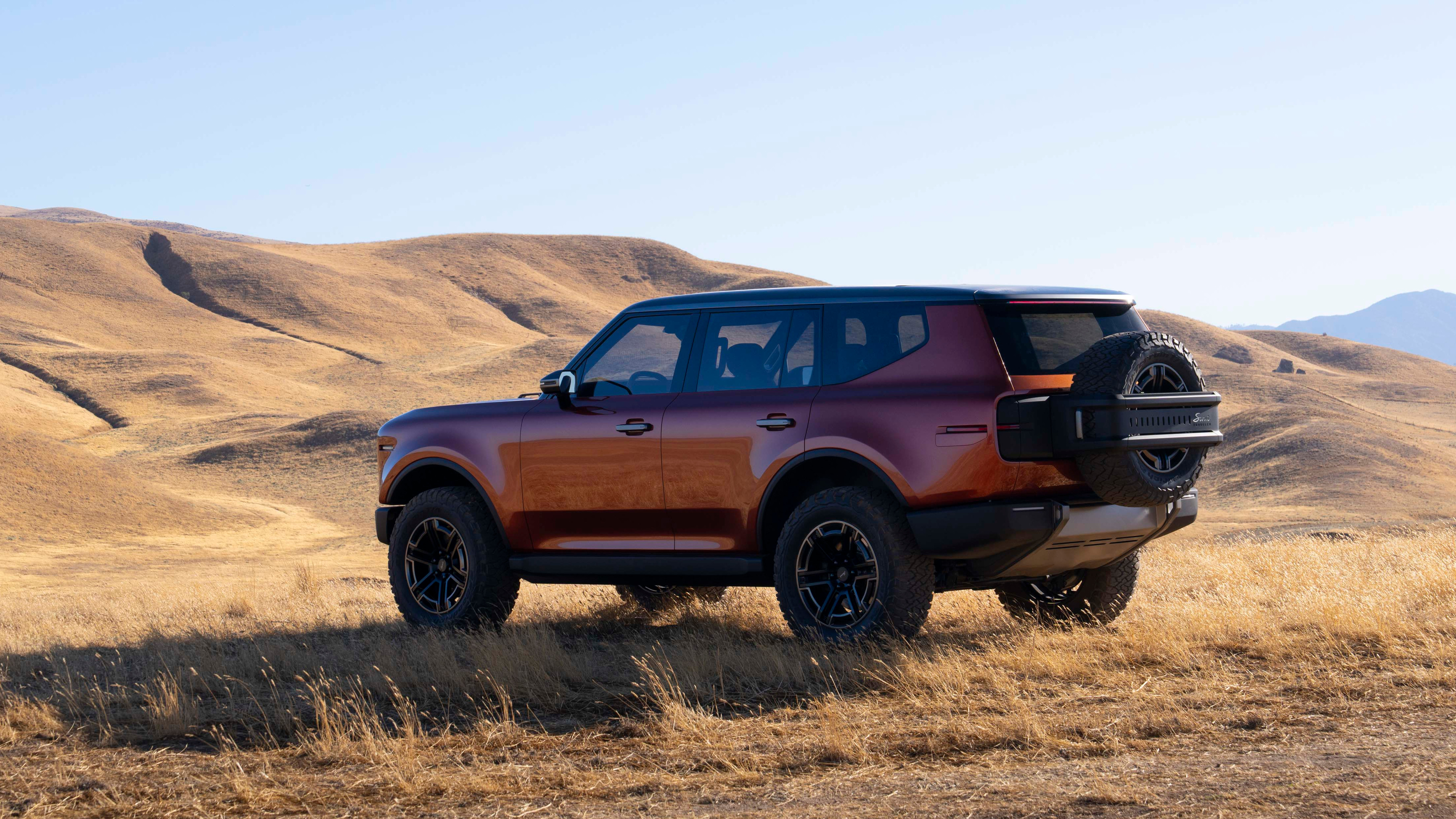
Scout Motors reservations open now. Target retail prices for the Scout Traveler start at $60,000, with the Terra at $51,500, ScoutMotors.com, @Scout_Motors







